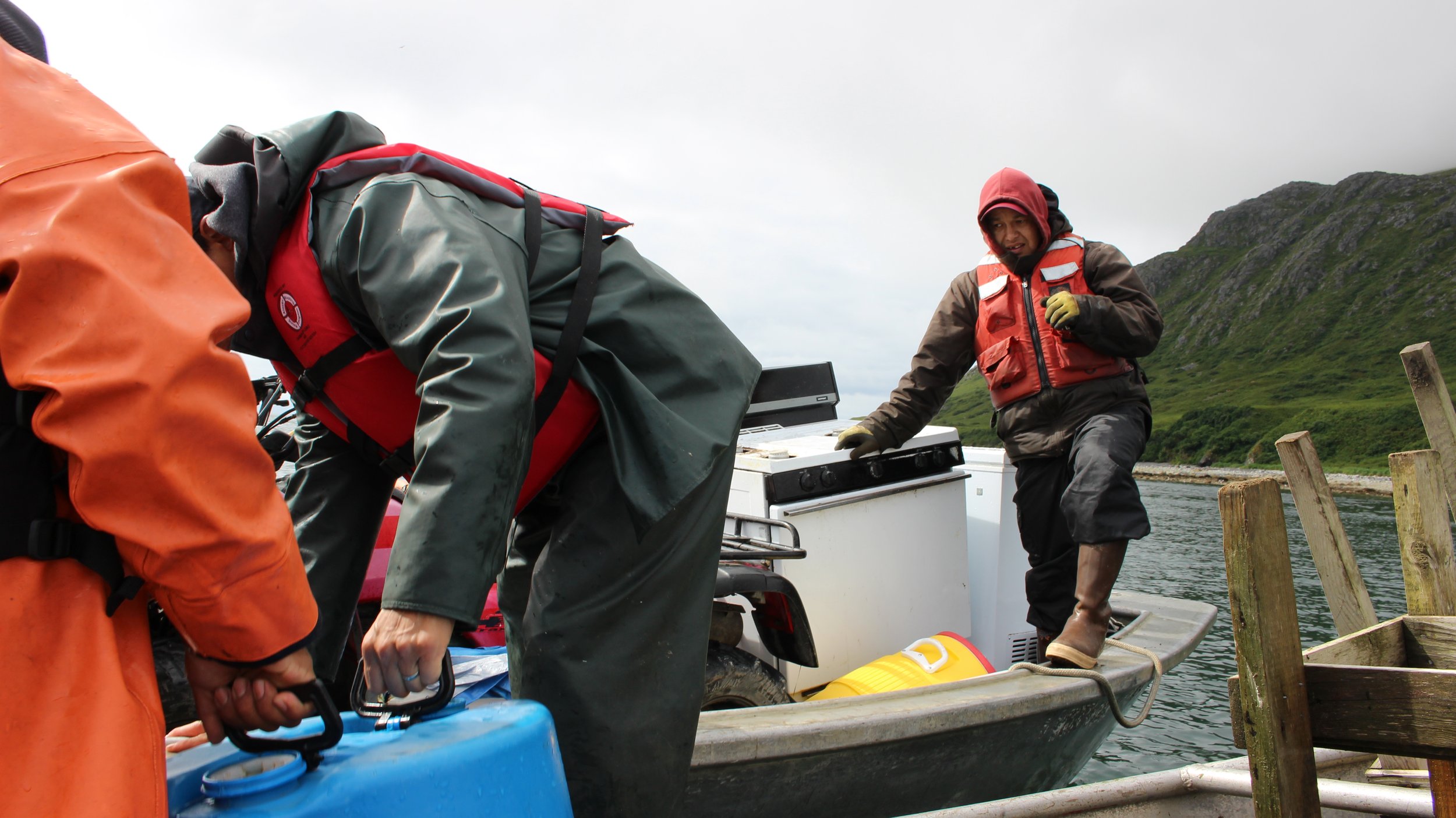
Kodiak Island
All photos and video: Rosette Royale
In August 2015, I visited Kodiak Island, Alaska.
I’d never been to Alaska; I can’t wait to go back.
I was invited to attend a summer cultural camp for young people. There, the Alutiiq people would lead an effort to build a replica of an ancient boat called an angyaaq. It would be one of the first of its kind built on the island in more than 100 years.
I went with the intention of gathering a story for a potential article. I wrote an article, and I made a few pitches. No publication bit. I’ve still got the unpublished article, which I’ll provide a like to here. Read it if you like, or you can enjoy some still images and a short video clip. In the future, I plan to put together a video feature.
And one more thing: Dozens of people donated money to make the trip possible and helped me get a camera to capture the story. Thank you for your help. You helped make this happen.
First, a geography lesson:
Kodiak Island is the largest island in Alaska, and it sits just of the state’s southeastern shore.
I flew from Seattle to Anchorage, then took a smaller plane to the island’s largest community, Kodiak, Alaska. From there, I boarded a puddle-jumper, which flew me to the town of Akhiok (pop. 72).
Google Maps
Akhiok is a small, tightknit community.
The frame of the angyaaq was being built in someone’s garage. Community members and visitors were invited to participate.
The boat-building was led by Sven Haakanson, professor of anthropology at the University of Washington. He grew up on Kodiak Island.
After a couple days working on the boat, a crew of two dozen people were ferried from Akhiok to Cape Alitak, on the island’s southern tip.
Along with people, we had to take everything we’d need for the week along with us: ATV, gas, tables, stove, freezer and more.
Google Maps
And, of course, we took the angyaaq.
Cape Alitak is a special place:
It contains more than 500 rock carvings known as petroglyphs. They’re the largest known cluster of glyphs in the area.
The sea and tides are causing the petroglyphs to fade. It’s unknown how the climate crisis will impact these images.
While we were on Cape Alitak, we had a couple visitors.
Kodiak bears, a species of brown bear, love to roam along the cape. This one was on rock nearby our camp.
This red fox came right up on shore. A few of its companions almost made it into camp.
Of course, we had to eat while we were there. We dined on grilled hot dogs. But the specialty was harbor seal.
Just to be clear: Most folks don’t get to eat seal. The U.S. Marine Mammal Protection Act of 1972 forbids taking seal— but Alaska Natives can harvest seals for Indigenous handicrafts and for subsistence.
The seals we ate were hunted in the morning, their fat charred on the grill. It was delicious.
Kodiak Island is a wild place,
a sublime place, where, everywhere you look, there’s another story. More stories will come from my trip there. But just below these eagles…
you’ll find a short clip of people carrying the angyaaq into camp.
The angyaaq comes ashore, assisted by willing hands and shoulders.














